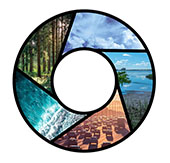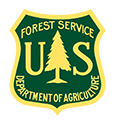Who We Are
The U.S. Carbon Cycle Science Program (CCSP) is a community-focused program that develops and implements multidisciplinary initiatives to advance carbon cycle science priorities across terrestrial, atmospheric, oceanic, and societal dimensions. The CCSP serves as an information source for research, observing and modeling communities through increased engagement between the research, federal agency partners and the stakeholder communities.
Our Mission
To improve understanding of the global carbon cycle, including the impacts of increasing greenhouse gas emissions on climate, ecosystem health, and society; to develop science-based information and resources to support policy-making and management; and to communicate findings broadly among national and international scientific and user communities.




